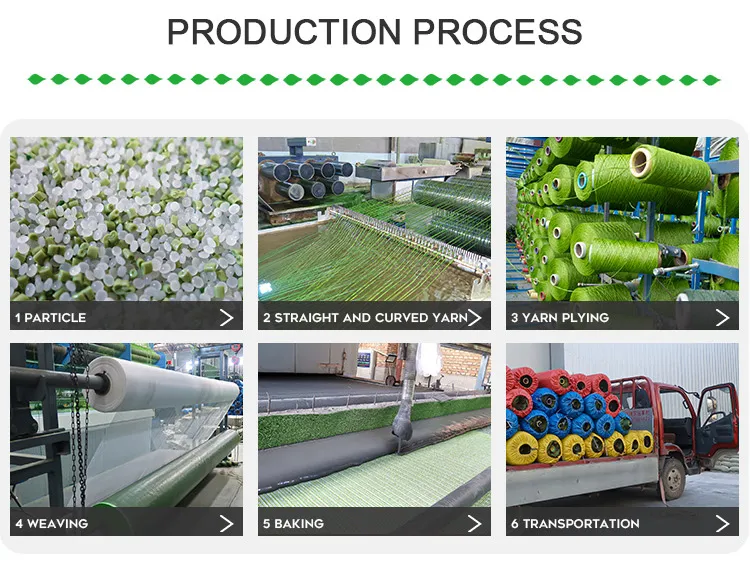
- Afrikaans
- Arabic
- Belarusian
- Bengali
- Czech
- Danish
- Dutch
- English
- Esperanto
- Estonian
- Finnish
- French
- German
- Greek
- Hindi
- Hungarian
- Icelandic
- Indonesian
- irish
- Italian
- Japanese
- kazakh
- Rwandese
- Korean
- Kyrgyz
- Lao
- Latin
- Latvian
- Malay
- Mongolian
- Myanmar
- Norwegian
- Persian
- Polish
- Portuguese
- Romanian
- Russian
- Serbian
- Spanish
- Swedish
- Tagalog
- Tajik
- Thai
- Turkish
- Turkmen
- Ukrainian
- Urdu
- Uighur
- Uzbek
- Vietnamese
Exploring the Benefits of Grass Play Areas for Children’s Outdoor Activities
Oct . 01, 2024 11:51 Back to list
Exploring the Importance of Grass Play Areas for Children's Development
In today's fast-paced, technology-driven world, the significance of outdoor play for children cannot be overstated. Grass play areas serve as vital spaces that encourage children to engage with nature, fostering both physical and emotional development. These green spaces provide a unique environment where young minds can explore, learn, and grow, making them essential features in urban and suburban settings alike.
Physical Health and Well-Being
One of the primary benefits of grass play areas is their contribution to children's physical health. In an age where screen time often outweighs outdoor activity, these natural spaces promote exercise in a way that is enjoyable and engaging. Running, jumping, and playing games on grass help improve cardiovascular health, build endurance, and enhance motor skills. Activities like soccer, tag, or simply running around with friends enable children to develop coordination and balance while having fun.
Additionally, being outdoors has been linked to lower rates of obesity in children. Grass play areas encourage kids to abandon sedentary habits in favor of physical activity. This not only contributes to their overall health but also instills lifelong habits of fitness and wellness. Parents and caregivers who prioritize outdoor play may find that their children are more inclined to stay active throughout their lives.
Social Skills and Cooperative Play
Grass play areas are social hubs where children interact with their peers, learning crucial social skills in a natural setting. As they navigate the challenges of cooperative play, they develop essential qualities such as teamwork, communication, and empathy. Playing on grass encourages children to engage in imaginative and unstructured play, which is vital for developing problem-solving skills.
In these open spaces, children can negotiate rules, resolve conflicts, and establish friendships, laying the foundation for healthy social relationships. For instance, a simple game of capture the flag or a spontaneous game of hide and seek allows children to practice social dynamics in a low-pressure environment. This is particularly important in an era where social media often replaces face-to-face interactions.
Cognitive Development and Creativity
grass play area

Outdoor play in grass areas also significantly impacts cognitive development. When children explore their environment, they engage their senses, sparking curiosity and creativity. Grass play areas provide an opportunity for children to experiment, imagine, and invent games, which enhances their cognitive flexibility and innovation.
Natural settings, rich in flora and fauna, can also be educational. Children may learn about different types of plants, insects, and animals, fostering an early appreciation for environmental stewardship. Such experiences can cultivate a sense of responsibility toward nature, encouraging children to become environmentally conscious individuals as they grow.
Emotional Resilience and Mental Health
In addition to physical and social benefits, grass play areas can significantly impact children's mental health. Outdoor play has been linked to reduced stress levels and increased happiness among children. The act of playing outside in a grassy area can help alleviate anxiety, promoting a sense of freedom and exploration.
Moreover, unstructured play in green spaces allows children to learn how to manage their emotions. When they encounter challenges, such as navigating a disagreement with a peer, they build emotional resilience and coping mechanisms. These experiences are vital as they equip children with tools to handle stress and adversity in later life.
Access and Inclusivity
Creating accessible grass play areas is crucial for ensuring that all children have the opportunity to benefit from outdoor play. City planners, schools, and communities must collaborate to design inclusive play spaces that accommodate children of all abilities. By doing so, we promote social principles of equity and inclusion, ensuring that every child can enjoy and thrive in these vital environments.
Conclusion
In summary, grass play areas are far more than just recreational spaces; they are essential environments that support the holistic development of children. From promoting physical health and fostering social skills to enhancing cognitive development and emotional well-being, the benefits of these green areas are profound. As communities recognize the value of these spaces, they will contribute significantly to the healthy development of future generations. By nurturing our children's connection to nature, we set the foundation for a healthier, happier society.
-
The Benefits of Artificial Turf for Indoors
NewsJul.15,2025
-
How Artificial Grass Suppliers Ensure Quality Products
NewsJul.15,2025
-
Artificial Grass and Pets: A Space for Relaxation
NewsJul.08,2025
-
Balcony & Outdoor Decoration with Artificial Grass
NewsJul.08,2025
-
Best Indoor Artificial Grass for Home
NewsJul.07,2025
-
Best Pet Turf for Dogs: Safe & Durable Artificial Grass Options
NewsJul.07,2025
Products categories









